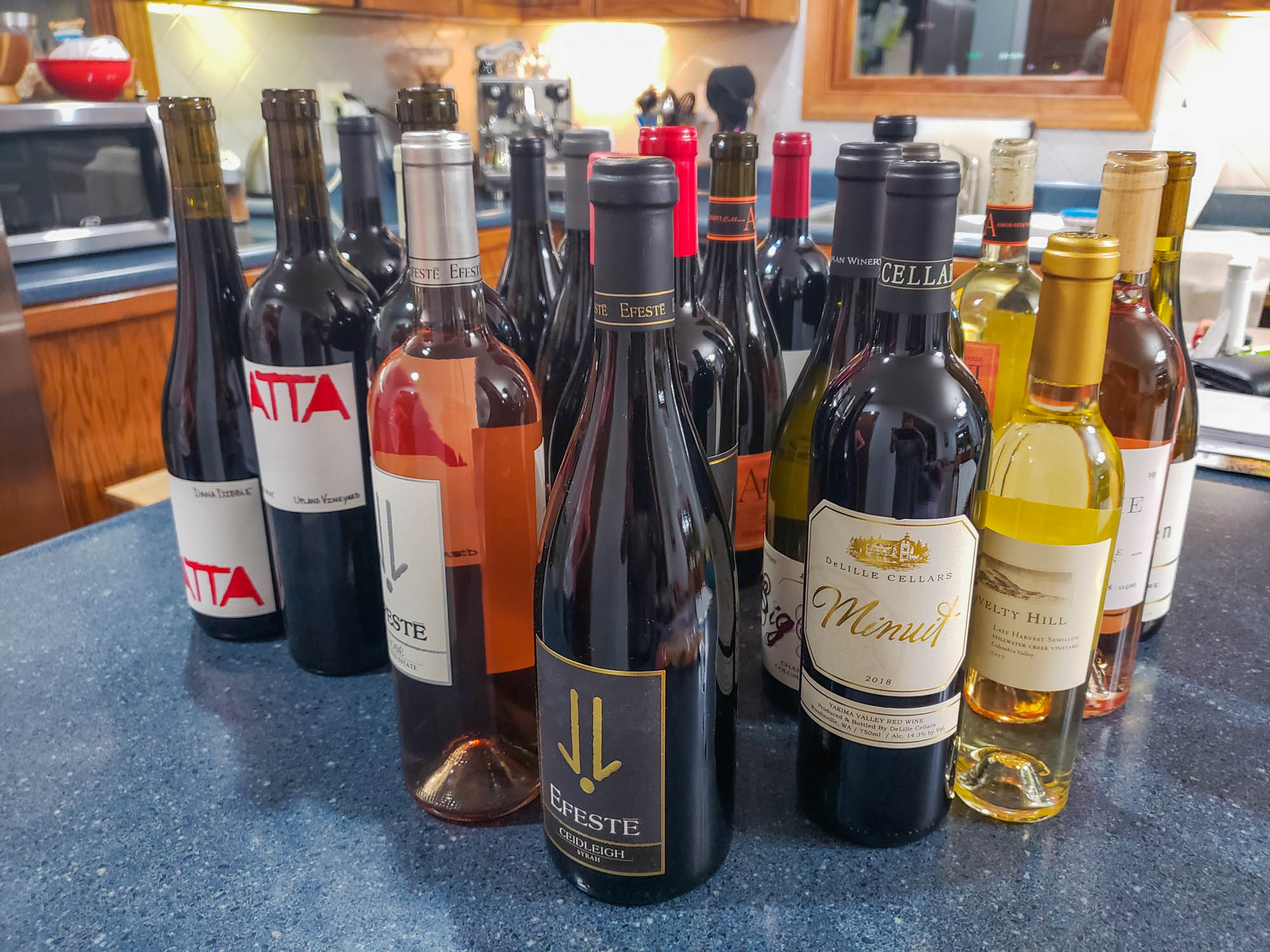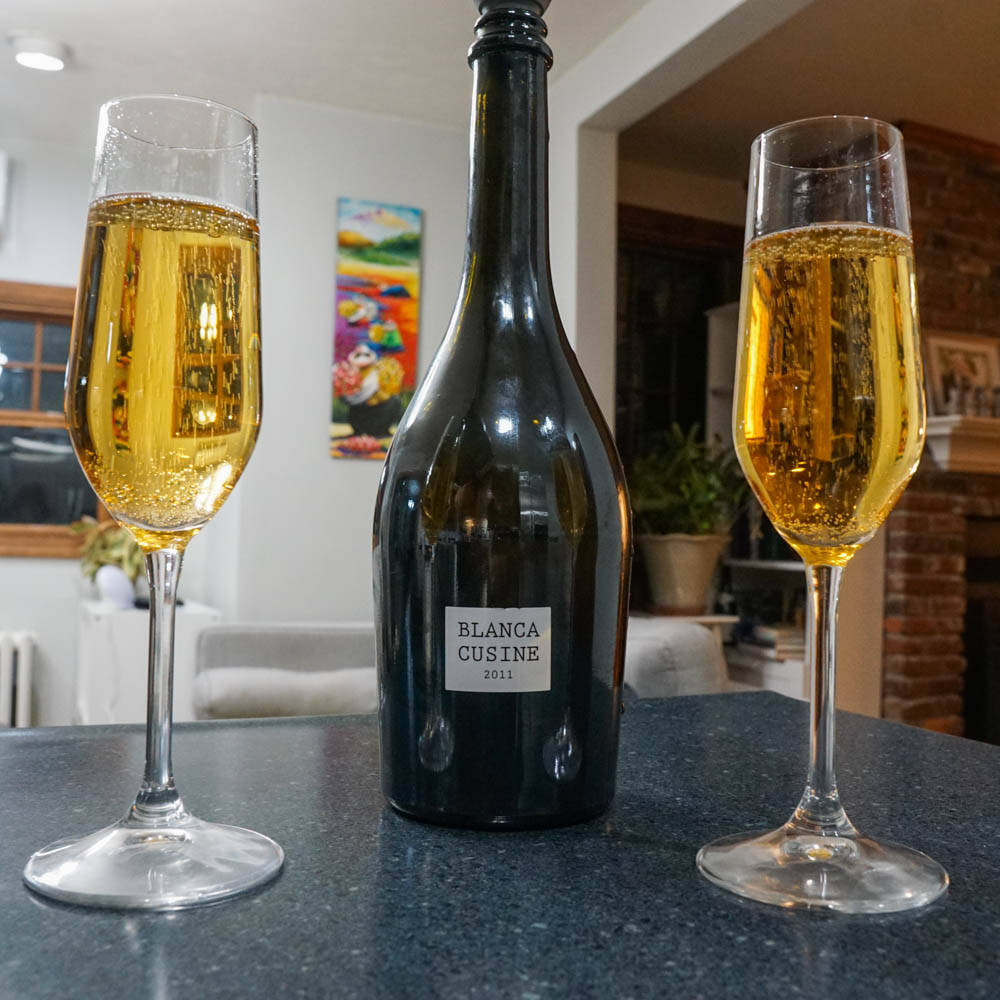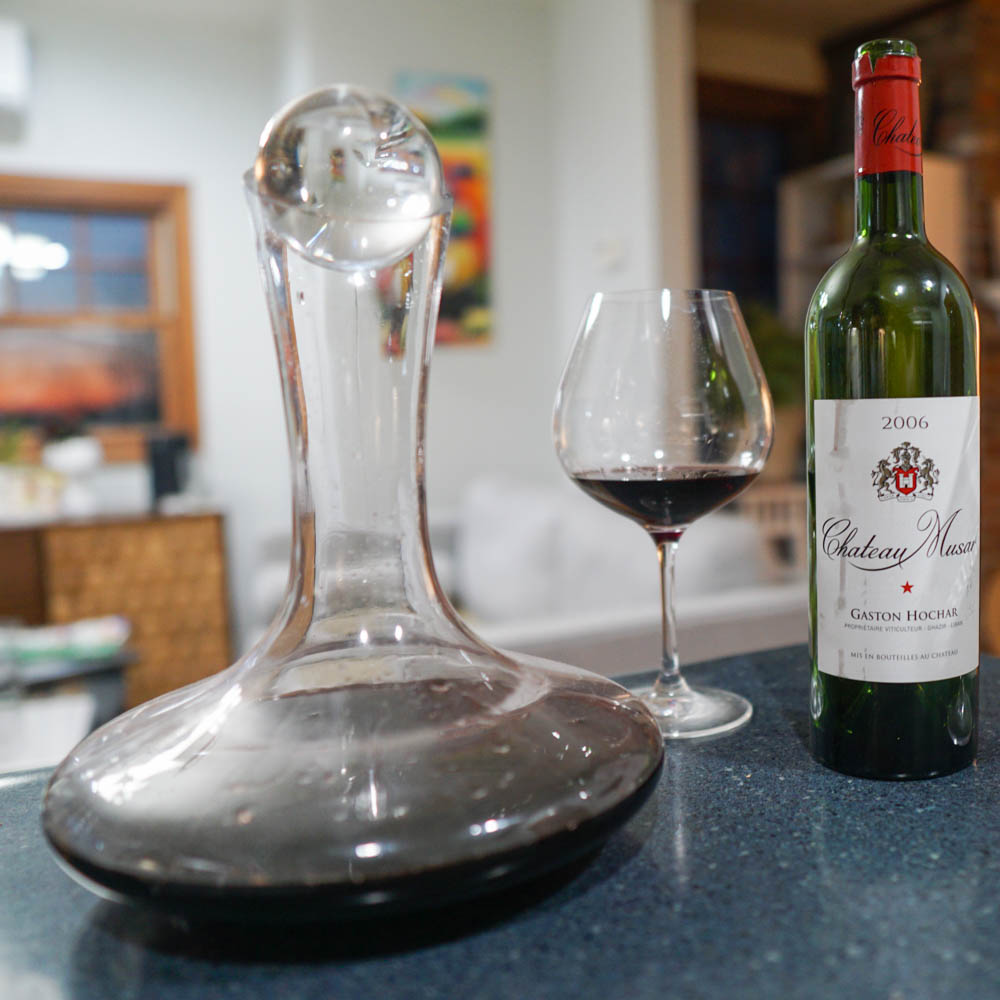Published by Jeremy.
Disclaimers: We use demographic data, email opt-ins, display advertising, and affiliate links to operate this site. Please review our Terms and Conditions for more information. This website is intended for those of legal drinking age in your jurisdiction.
We'll be completely honest that how long wine lasts after opening depends on several factors. There is simply no one-size-fits-all approach for how your bottle of wine will taste over time once the cork is removed, and this requires a robust discussion to even start covering all the categories.
We can cross off a very important one in that, for us, a still bottle of wine generally lasts about two hours. We've done exhaustive research over many years and can say with absolute certainty that an open bottle of wine in our house does not last more than a few hours.
Sometimes it is as quickly as one hour, sometimes as much as five or six hours, but generally speaking, a bottle disappears within two hours simply because we drink it and never have leftovers.
But all joking aside, we have to admit that is more or less a non-answer. Really, the question we want to address in this one is how long does wine stay fresh after opening, as this topic is far more interesting.
First up, let's touch base on what causes wine to go bad to begin with. As chemical engineers, you know we find this topic fascinating!
Oxidation Turns Wine into Vinegar
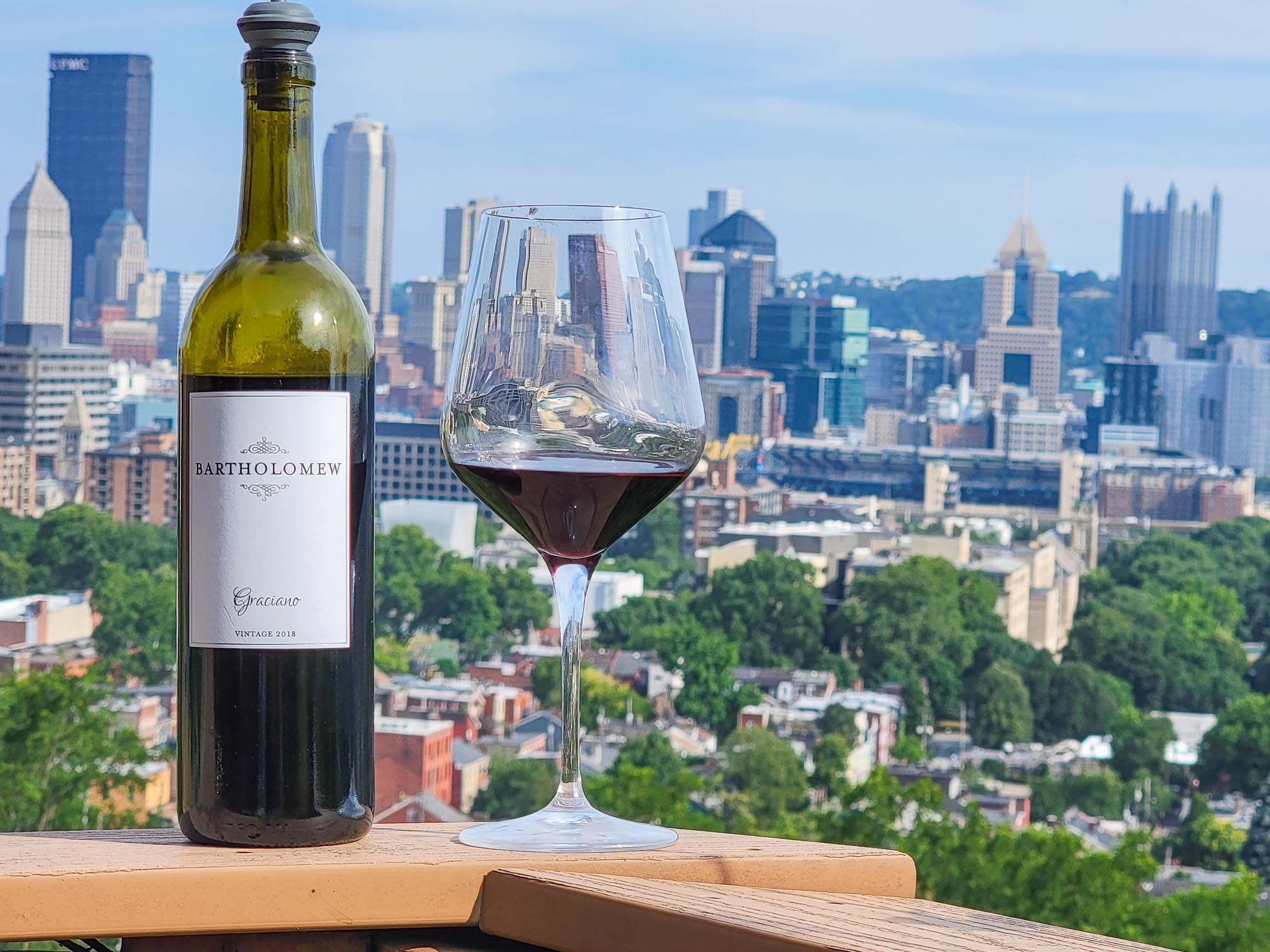
Generally speaking, wines “go bad” because chemicals within the bottle undergo a reaction in the presence of oxygen. This broad category is defined as oxidation and we can break this one down into four core components: temperature, alcohol content, oxygen concentration, and time.
There are, obviously, far more components than just these (like how many antioxidants, like sulfates, are added to any given bottle), but these are the most important. The basic principles worth keeping in mind are the following:
- Reactions generally go faster in the presence of heat and slow down in cooler environments.
- The oxidation reaction requires oxygen to be present, and the concentration of which influences reaction speeds.
- Alcohol generally acts as a preservative and slows down the rate of oxidation reactions (this is why 40% ABV bourbons are shelf stable whereas 15% ABV wine degrades at room temperature).
- All of these components are influenced by each other and are not mutually exclusive.
When these reactions are kept to a minimum, such as when oxygen enters a cork over a period of years or decades, this slow oxidation can be quite beneficial for the development of characteristics we, as wine consumers, enjoy (think mellowing of tannins and development of flavors like smoke, leather, tobacco, etc.). When this reaction occurs rapidly, as in the case of a bottle being opened and wine being in the contact with ambient air at room temperature, the characteristics of the wine will change at a much more rapid rate (and not necessarily for the better).
This is not to say that there aren't benefits from bulk oxygen contact in wine. Some bottles, particularly incredibly tannic reds, are known to soften considerably with brief contact with oxygen (think minutes or hours, not days). This is why devices like wine aerators and decanters exist as a means to help provide a controlled amount of oxygen contact to “let the wine breathe” and have positive developments at large.
But let that oxygen contact sit for a long period of time, hours or days depending on the wine, and the reactions often stop having a positive effect and start negatively impacting the wine. With enough time, these reactions produce large amounts of acetic acid such that your wine ends up tasting like vinegar.
As such, while some oxygen contact can be good for wine, when you decant a bottle, let it sit in your glass, or run it through an aerator, you are really just trying to catch the bottle on an arc like in the graph below:
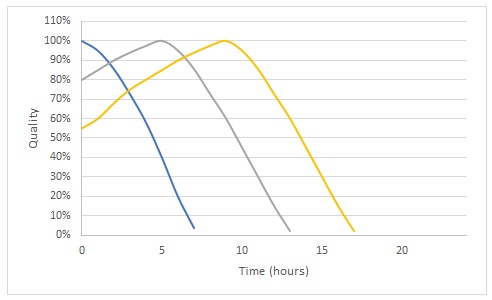
While we could talk about how to catch wine at its absolute best within the arc, the main takeaway we are trying to highlight here is that some wines start reducing in quality immediately after opening (young fresh whites with fruit/floral characteristics- the blue curve) whereas others improve with short periods of oxygen contact (tannic reds- perhaps closer to the grey curve) and some improve with significant oxygen contact (some very old or incredibly tannic reds- the yellow curve).
Where they peak within this arc is somewhat immaterial for this discussion. The above graph was made simply to illustrate the point about how oxygen can both help and hurt an open bottle of wine. (So don't decant a tannic red for precisely five hours and yell at us later. Decant it if you think the tannins are rough and taste it over time to see how it develops to your liking- every bottle will be different.)
But what can you do if you have a bottle of wine you want to keep for days or longer? While the above curve is more illustrative of wine in a decanter or in your glass in particular, there are thankfully a number of ways to keep wine in bottle fresh for longer than a few hours, and this requires further discussion.
How Long Does Wine Last After Opening (by Broad Category)
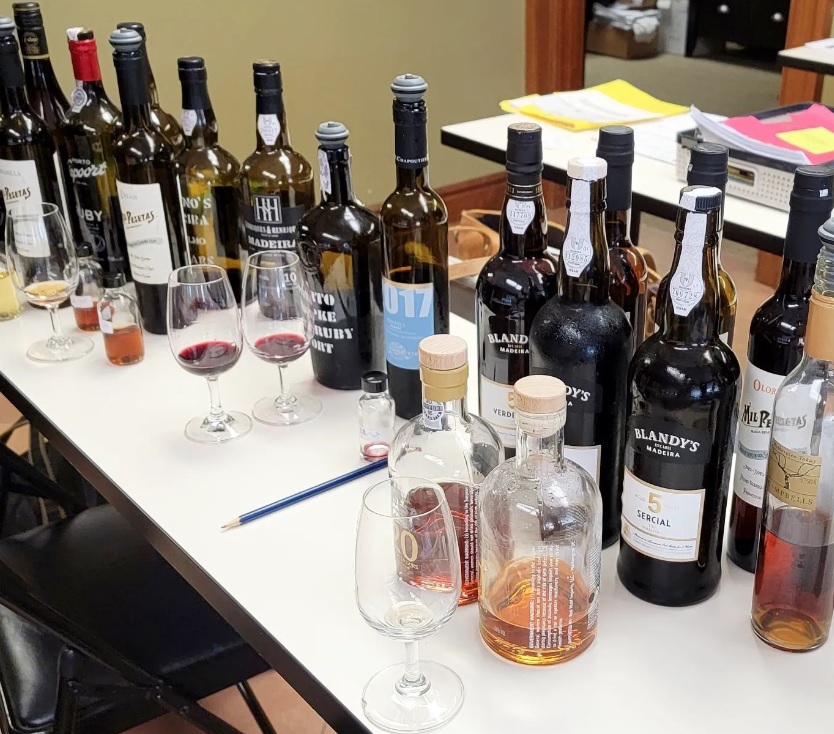
Overall, there are a number of cases to discuss when it comes to keeping a wine bottle fresh longer than just a few hours. As mentioned above, time, heat, oxygen contact, and alcohol concentrations all can influence how fas a wine goes bad, so we can only keep things general here:
Still wines stored at room temperature and with or without a cork will likely go bad within 4-24 hours. This is because the elevated temperature and high exposure to oxygen cause the reaction to proceed the quickest. While some incredibly tannic red wines may still be drinkable 24+ hours later, most will be well past the peak of their development arc. If you think your wine still tastes good here after 24+ hours, great! But odds are good it will not be as fresh as it was the day before unless it is an exceptionally tannic (and higher alcohol) wine.
Still wines stored in the refrigerator with a cork will likely last anywhere from one to five days. Generally speaking, tannic red wines last longer than fresh red wines. Fresh red wines may be the same or last longer than white wines. Higher alcohol wines may last longer than lower alcohol wines. This all has to do with the rates of oxidation going on in the bottle. A cork may stop new oxygen from getting in, but a partially consumed bottle will still have a great deal inside all the same. We would never recommend storing wine in the refrigerator without a cork as it will likely start to absorb any fun refrigerator smells you have rather quickly, too.
Still wines stored in the refrigerator with a vacuum stopper may last three to seven days. This is because vacuum stoppers help pull out some of the air from the bottle (not all) and, coupled with the lower temperatures, slow the reaction down ever-so-slightly. As a rough guide, take however long you would keep a bottle with the cork in it and add 48 hours to that figure as a rough guide- so one day turns to three and five days turns to seven.
That being said, vacuum stoppers help slow oxidation down even at room temperature, and we use these out of habit even when simply consuming a delicate bottle over the course of an evening. Does it help? The jury is still out on that one. But if you're looking to preserve delicate flavors, it also doesn't hurt.
Fortified wines (15%-22% ABV) vary considerably based on their alcohol content as ethanol is a preservative to a degree- these may last as low as a week or as long as six months (or more) in the refrigerator. The ABV of fortified wines makes this tier challenging. A delicate Fino sherry at 15% ABV will start to lose its flavor within a week in the refrigerator, even with a vacuum stopper. An intense, tawny Port wine at 22% may last six months or more without noticeable changes in its flavor structure as the wine has already been exposed to oxygen for years or decades (although some extremely talented tasters may argue differently).
Generally speaking, if your wine is under 16% ABV, assume fresh flavors may keep for up to a week. If between 16% and 18% ABV, you may be able to enjoy a few months with a vacuum stopper. If over 18% ABV, you may get several months before noticing any flavor changes, if you notice any at all. That being said, while some spirits may be “shelf stable” in perpetuity at 20% ABV or higher (read: whiskey, rum, etc.), all wines have delicate chemicals that will oxidize- so conventional spirit storage logic may not necessarily apply in this case.
Sparkling wine will last anywhere from minutes to roughly one day, particularly in how long the CO2 stays in solution, but flavor logic for still wine likely holds from above. The range for bubbles here is rather drastic if only because there are so many methods for CO2 generation. A lightly bubbled frizzante made with CO2 injection could possibly go flat much quicker than a high-pressure bottle made in the traditional method, for example.
There is a caveat with sparkling wine in that the use of a vacuum stopper will likely cause bubbles to dissipate faster. This is because pulling a vacuum on a bottle of sparkling wine likely will cause more CO2 to come out of solution and thus reduce its ability to be bubbly long-term. While we still use these to preserve flavors short-term (since you can't put a mushroom cork back into the bottle once removed), our general “drink as fast as possible” rule applies here more than in other cases.
Ultimately, no matter what you do, if you are looking to keep your wine fresh after opening, at a minimum you'll do well to get vacuum stoppers and keep the bottle in the refrigerator when not consuming. These tiny devices really do wonders in increasing the shelf life of an open bottle. They aren't going to be a magical fix by any means, but if you want to keep a bottle of wine for a day or two more than before (or a few weeks more for fortified), it is a small price to pay!
What About a Coravin?
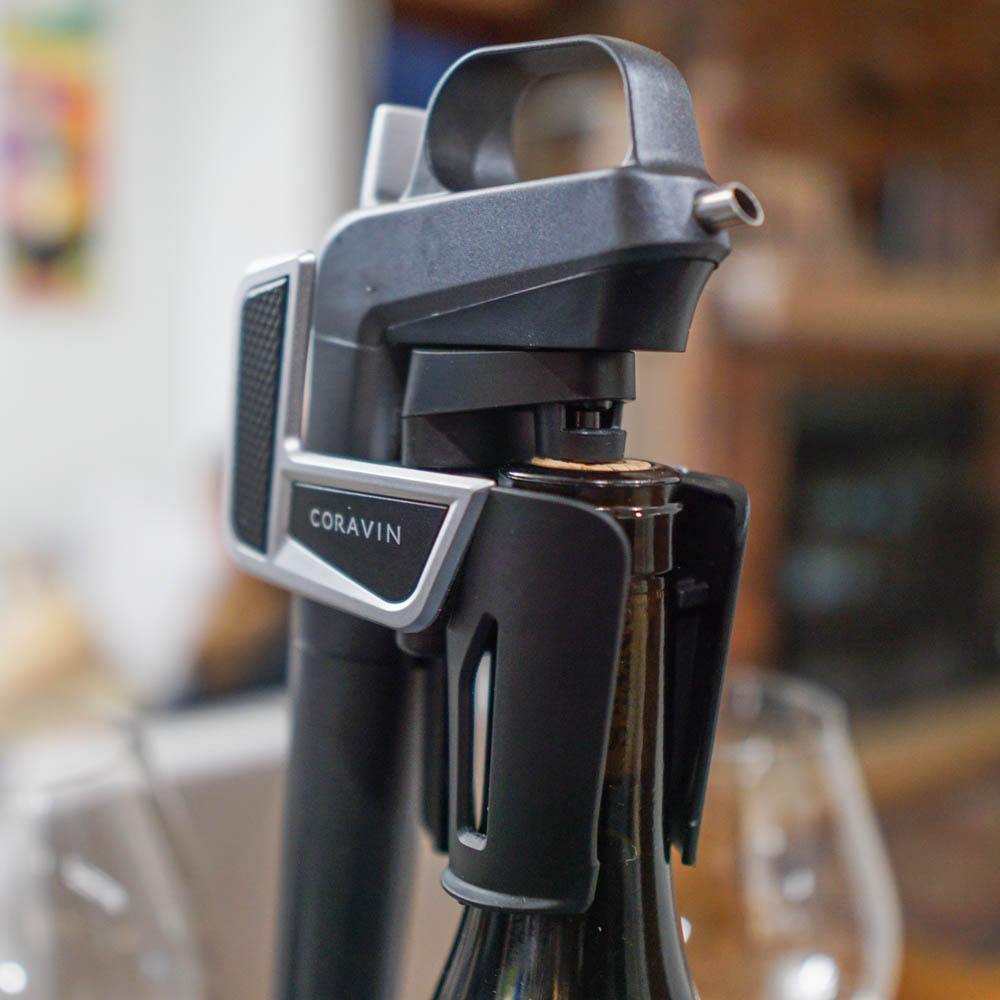
There is one more device worth mentioning when it comes to keeping a bottle of wine fresh, and that is a Coravin. This tool, which has designs for both still and sparkling wines (note: separate units), helps preserve bottles for long-term freshness.
A Coravin for still wine uses a thin needle to poke through a cork (and only real cork), and a novel injection system displaces wine with inert gas. Wine is then allowed to pour out, little (if any) oxygen enters the cork. When the needle is removed, the natural elastic properties of the cork help “reseal” the hole to prevent additional air from entering.
We own a still wine Coravin (read our full Coravin review and how to use a Coravin guides for more) and have found that they help preserve bottles of wines for months or even years. That being said, repeated use in a single bottle or inherently fragile cork may make the success rate of this one less than 100%. As such, you are always at risk of a bottle going bad from oxygen content, either in the short term or long term, and we typically try not to store any Coravined wines for longer than six months. (We mark all Coravined bottles with blue painter's tape so we can clearly identify them in our cellar.)
Still, as six months or more is a solid improvement over any of the above categories, we give that tool high praise- it is a great way to try wine without opening a bottle.
- After using a Coravin, it is generally recommended to store the bottle upright overnight as the cork “reseals” to prevent the loss of Argon (which is heavier than air and sinks in the bottle) and then store on its side thereafter to ensure the cork remains wet and “sealed” for long-term storage. Improper storage likely has far greater consequences for successful long-term storage.
A Coravin for sparkling wine operates a bit differently. This one does not use a needle to puncture the cork, but instead uses a custom-designed cap and CO2 gas cartridges to essentially re-prime a sparkling wine bottle and keep it sealed. As such, air that was once inside the bottle will be displaced with CO2, and oxidation reactions are inherently minimized as a result.
We do not own a sparkling wine Coravin, but we can see the principles of how this one works just fine. CO2 injected into the bottle at the right pressure should keep any dissolved CO2 in equilibrium, thus retaining both freshness and general bubble characteristics upon future pours. That being said, it is likely best to store these sealed bottles in the refrigerator (whereas still wines accessed via a Coravin can return to your cellar resting on their side) and are recommended to only keep wines fresh for a maximum of four weeks.
So while these could be good for, say, WEST Diploma D4 students or those who like frequent brunch parties, the practicality of a large volume of bottles on hand at any given time can be limiting there.
Overall, while the perceived quality of wine may last for hours or days in many cases, a few small changes to your storage habits may get you a few extra days of enjoyment out of any given bottle!
How long does wine last after opening for you? Comment below to share!
Upgrade Your Home Wine Bar
Need to upgrade your wine bar? Grab some new wine accessories:

